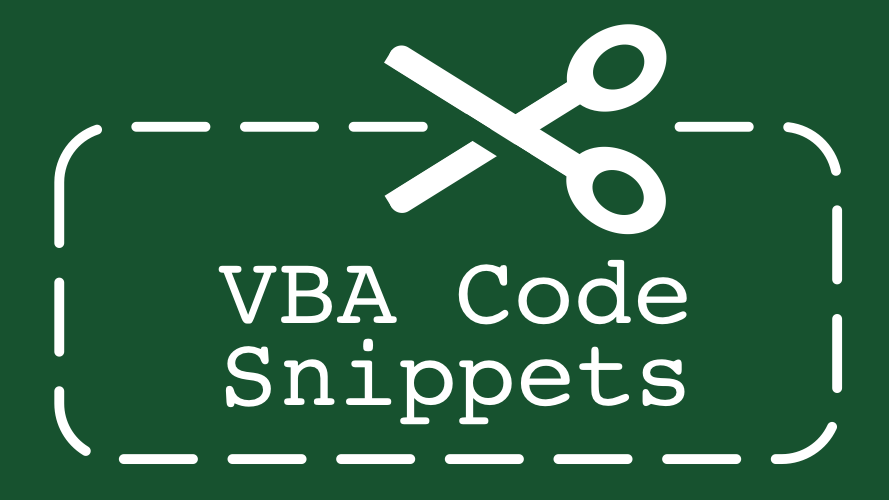

Learn how to check if a cell is empty here.Learn how to specify the width of a column here.Learn how to find the last column in a worksheet here.Learn how to find the last row in a worksheet here.Learn how to work with worksheets here.Practical VBA applications and macro examples:.Learn how to create and assign values to variables here.Learn how to work with properties here.Learn how to create references to cell range here.Learn about the Visual Basic Editor here.Learn how to enable or disable macros here.If you're a beginner, learn how to start working with macros here.The following VBA and Macro Tutorials may help you better understand and implement the contents below: References to VBA Constructs Used in this VBA Tutorial.Effects of executing macro example to create a clustered or stacked bar chart in a chart sheet.Macro example to create a clustered or stacked bar chart in a chart sheet.Process followed by VBA to create a clustered or stacked bar chart in a chart sheet.
#Excel vba set chart title hight code
VBA code to create a clustered or stacked bar chart in a chart sheet.#4: Create a clustered or stacked bar chart in a chart sheet.Effects of executing macro example to create an embedded clustered or stacked bar chart (compatible with Excel 2007 and Excel 2010).Macro example to create an embedded clustered or stacked bar chart (compatible with Excel 2007 and Excel 2010).Process followed by VBA to create an embedded clustered or stacked bar chart (compatible with Excel 2007 and Excel 2010).VBA code to create an embedded clustered or stacked bar chart (compatible with Excel 2007 and Excel 2010).#3: Create an embedded clustered or stacked bar chart (compatible with Excel 2007 and Excel 2010).Effects of executing macro example to create an embedded clustered or stacked bar chart (selecting the source data range).Macro example to create an embedded clustered or stacked bar chart (selecting the source data range).Process followed by VBA to create an embedded clustered or stacked bar chart (selecting the source data range).VBA code to create an embedded clustered or stacked bar chart (selecting the source data range).#2: Create an embedded clustered or stacked bar chart (selecting the source data range).Effects of executing macro example to create an embedded clustered or stacked bar chart (without selecting the source data range).Macro example to create an embedded clustered or stacked bar chart (without selecting the source data range).Process followed by VBA to create an embedded clustered or stacked bar chart (without selecting the source data range).VBA code to create an embedded clustered or stacked bar chart (without selecting the source data range).#1: Create an embedded clustered or stacked bar chart (without selecting the source data range).Source:=new_sheet.Range("A1:B" & UBound(values) + _ĪctiveChart. New_sheet.Cells(r + min_r, 2) = values(r) New_sheet.Cells(r + min_r, 1) = category_values(r) HorizontalAlignment = xlCenter ' Centered. Set work_book = Application.ActiveWorkbook Public Sub MakePieChart(ByVal title As String, ByVal _Ĭategory_title As String, category_values() As String, _īyVal value_title As String, values() As Single) It sets the chart's type, data source, and details such as the title. It makes column headers in cells A1 and B1, and then copies the categories and values into columns A and B. The subroutine first created a new worksheet and names it after the title parameter. An array of values (the sales per month).


Use VBA code to make a pie chart in Excel VB Helper: HowTo: Use VBA code to make a pie chart in Excel


 0 kommentar(er)
0 kommentar(er)
